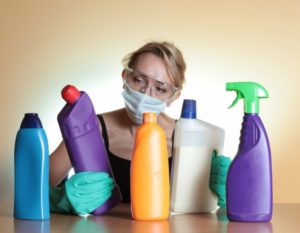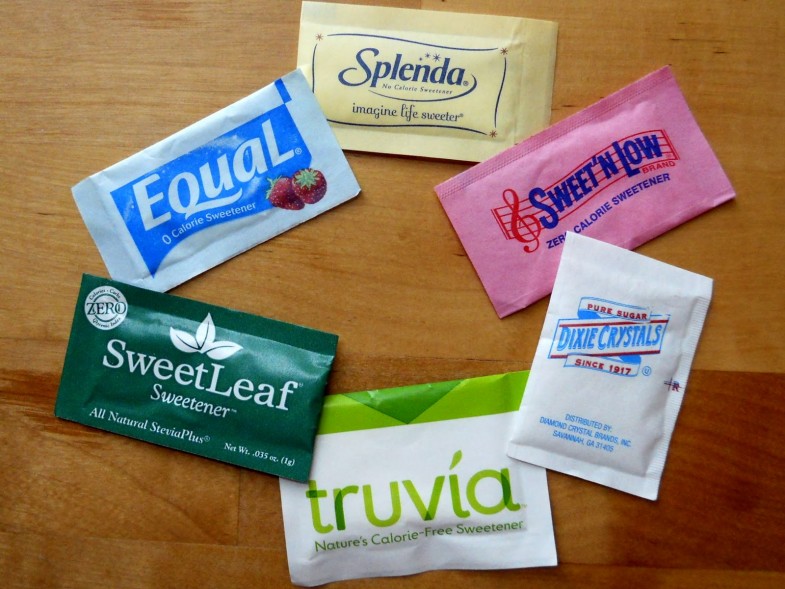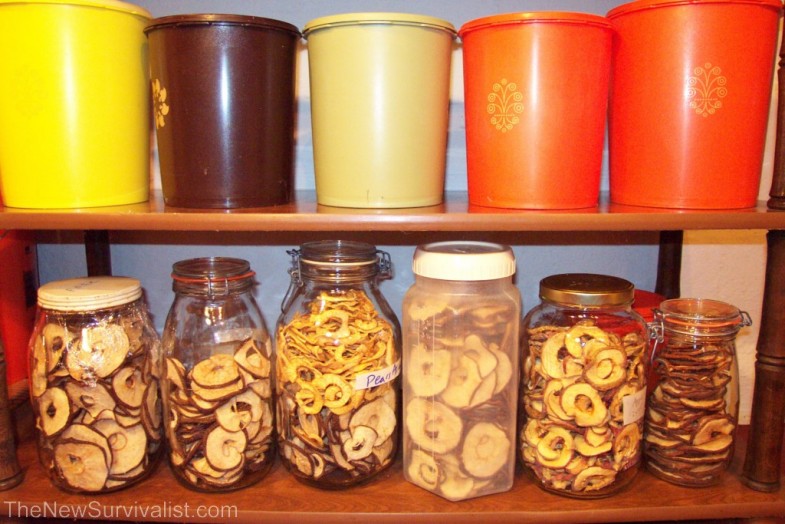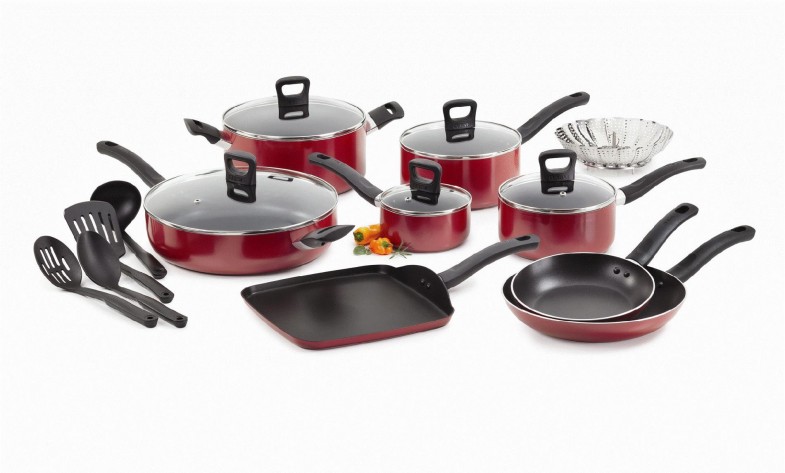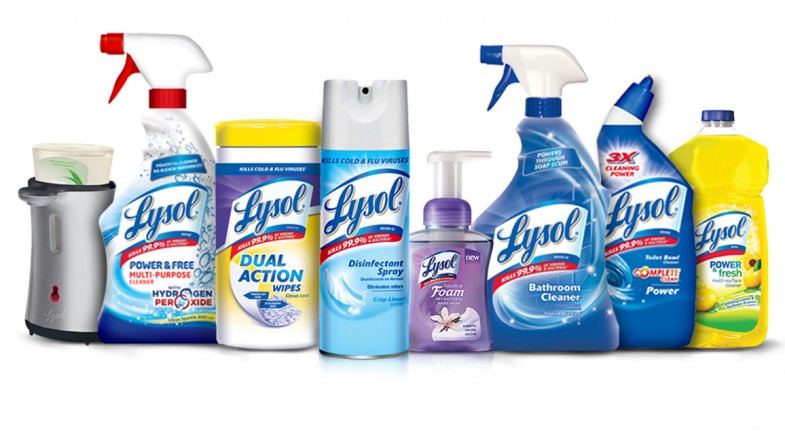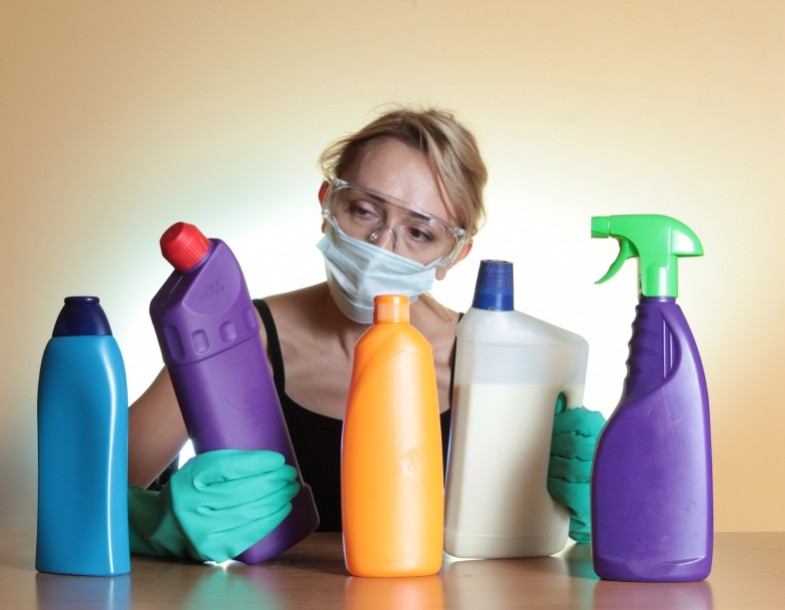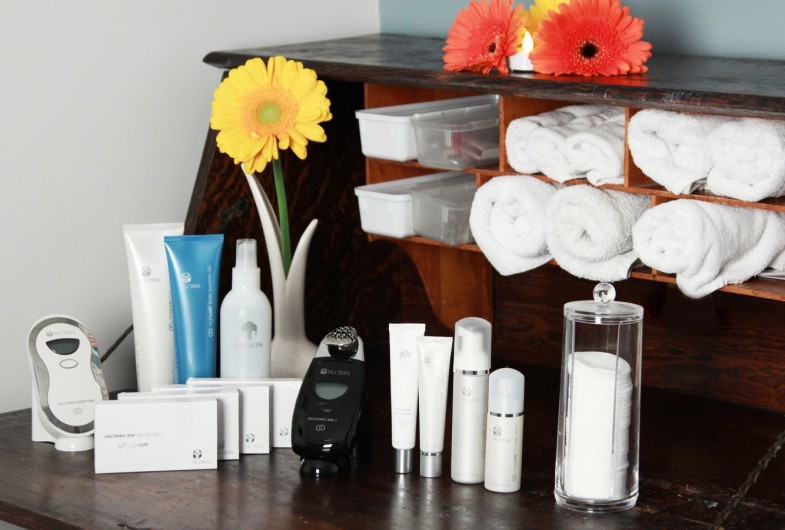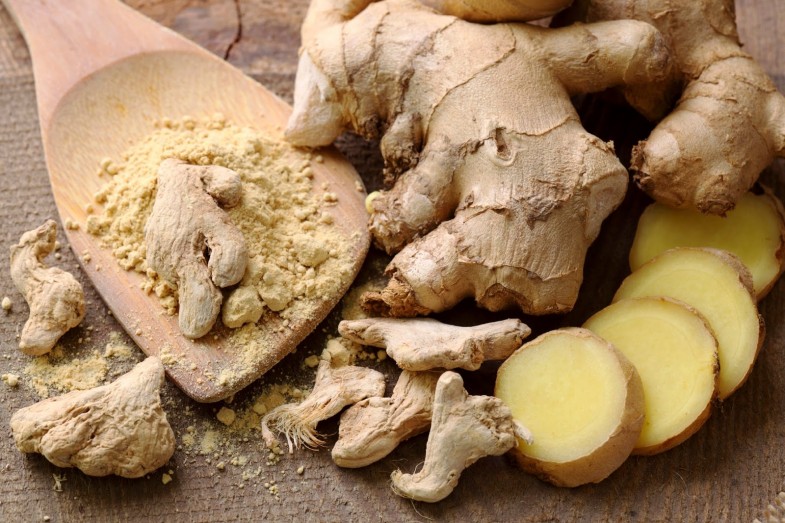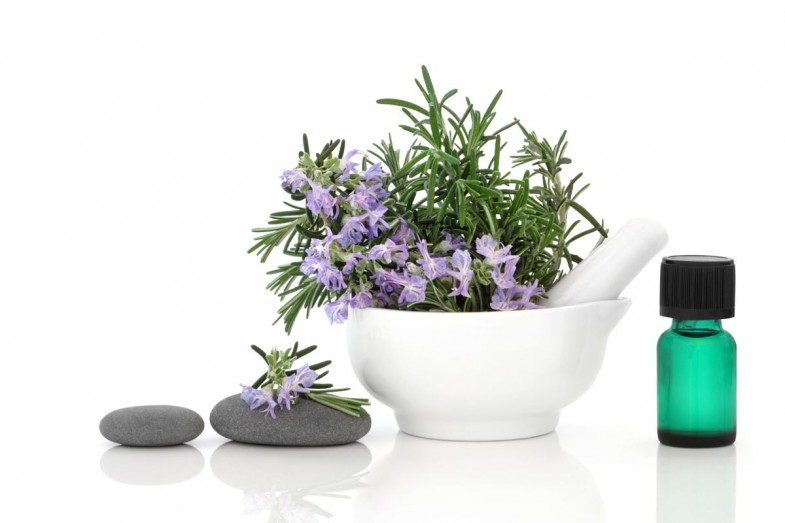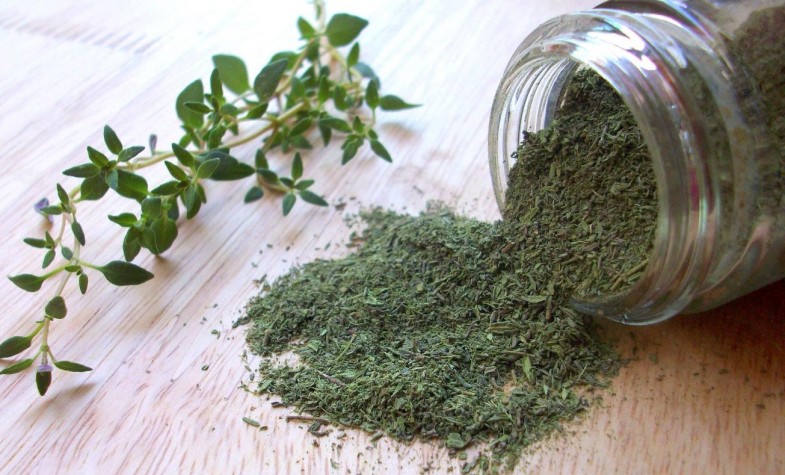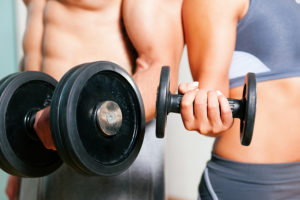
Maybe you’re convinced you shouldn’t lift weights because you prefer not looking like The Hulk. Maybe you figure you just wouldn’t like it, since you’re not one of those CrossFit types.
We hate to be confrontational about it, but frankly, you’re wrong. Despite a prevalent allegiance to cardio machines for things like weight loss and overall health, strength training not only builds muscle but can prevent disease, improve mood and — really! — help you lose weight.
Here are 12 smart reasons to include a little work with the weights into your fitness repertoire.
1. You’ll live longer.
While most forms of regular exercise can add years to your life, strength training in particular has big benefits. As we get older, the more muscle mass we have, the less likely we are to die prematurely, according to 2014 research from UCLA. “In other words, the greater your muscle mass, the lower your risk of death,” study co-author Arun Karlamangla, M.D., said in a statement. “Thus, rather than worrying about weight or body mass index, we should be trying to maximize and maintain muscle mass.” And what better way to maximize those muscles than by pumping iron?
2. For better sleep.
Regular exercisers — especially those who truly push themselves — report the best sleep, and weightlifting is no exception. In a small 2012 study in older men, researchers found that resistance training reduced the number of times the study participants woke up during the night, as compared to a control group who performed no exercise.
3. Your progress is so noticeable.
There’s nothing that feels quite as rewarding as setting a goal and crushing it. If you’re new to strength work, you’ll find that a weight you once thought was impossible to lift starts to feel easy sooner than you might imagine. And then, you’ll feel like a boss.
4. To protect your bones.
Weight-bearing exercise and particularly strength training is thought to increase bone density, reducing the risk of fractures and breaks among older adults.
5. To boost your balance.
Of course, one major cause of bone breaks as we age is falling. Some of weightlifting’s benefit in protecting against osteoporosis may be improved strength and balance, resulting in fewer falls. Indeed, research suggests that various resistance routines can reduce an older person’s rate of falling by around 30 percent.
6. It can make you happier.
Like many forms of physical activity, a little lifting can work wonders for your mental health. Strength training has been linked to reduced anxiety and depression symptoms as well as improved self-esteem, and it may even give your brainpower a boost.
7. To look better in your skinny jeans.
Now, we don’t suggest you lift weights (or do any exercise, for that matter) solely for appearance — there are just so many other benefits! — but when it comes to slimming down, endless hours on the elliptical may not be getting you any closer to the results you desperately seek. In fact, building muscle may help you lose fat more effectively than simply doing cardio. “If you’re looking to lose fat, go with strength training,” trainer Nick Tumminello, author of Strength Training for Fat Loss told Business Insider. “Watch your diet to reveal your shape, and strength train to improve that shape.”
8. To burn more calories.
Simply having more muscle on your frame helps your body burn up extra calories — even when you’re sitting completely still.
9. You can do it in under 30 minutes.
Adding strength work to your regular exercise routine doesn’t have to eat up the tiny bit of free time you had left in the day. In fact, lifting is one area where more is not always better — around 30 to 60 minutes a week, total, is plenty, according to Runner’s Times.
10. And you don’t even have to go to the gym.
We’re using the term “lifting weights,” but the world of strength and resistance training includes a whole host of options outside of what you’d find at the gym. You can “lift weights” with cans and jars you find in your kitchen. You can “lift weights” using only your body. You can buy a pair of five-pound dumbbells and lift along with a DVD in the comfort of your own living room, where the only person checking you out in the mirror is you. In fact, if you’re new to strength training, many moves are safer if performed with just your bodyweight until you can get the hang of perfect form. Plus, many of those machines at the gym aren’t adjustable enough for the wide range of bodies that use them.
11. To run faster (really!)
Or swim longer or bike harder or get better at just about any other athletic endeavor you fancy. Why? Because you’ll be cultivating stronger, more powerful muscles to then put to good use. Also, strength training can help prevent injuries in other athletic pursuits, by helping correct muscle imbalances that in turn throw your form — even just while sitting or standing — out of whack.
12. To help your heart.
Despite the name, cardio isn’t the only form of exercise with cardiovascular benefits. A resistance training routine has been shown to lower blood pressure, in some casesas effectively as taking medication. The American Heart Association recommends adults aim for at least two strength training sessions a week.
Source: huffingtonpost.com
